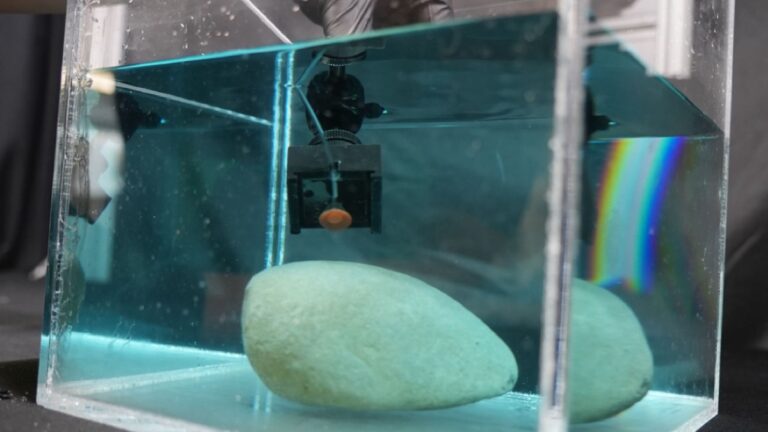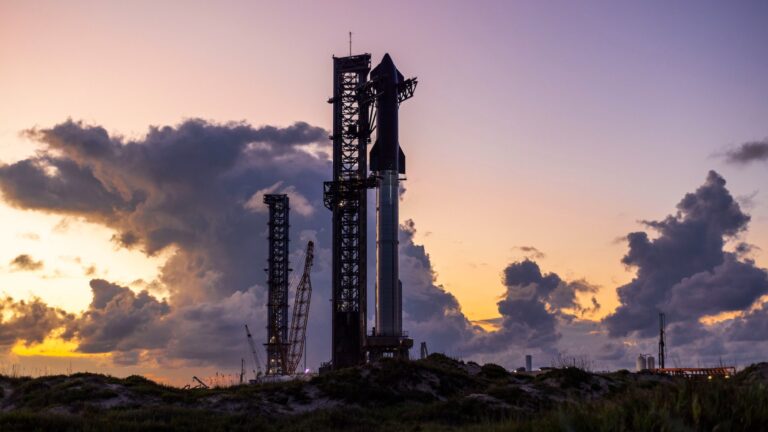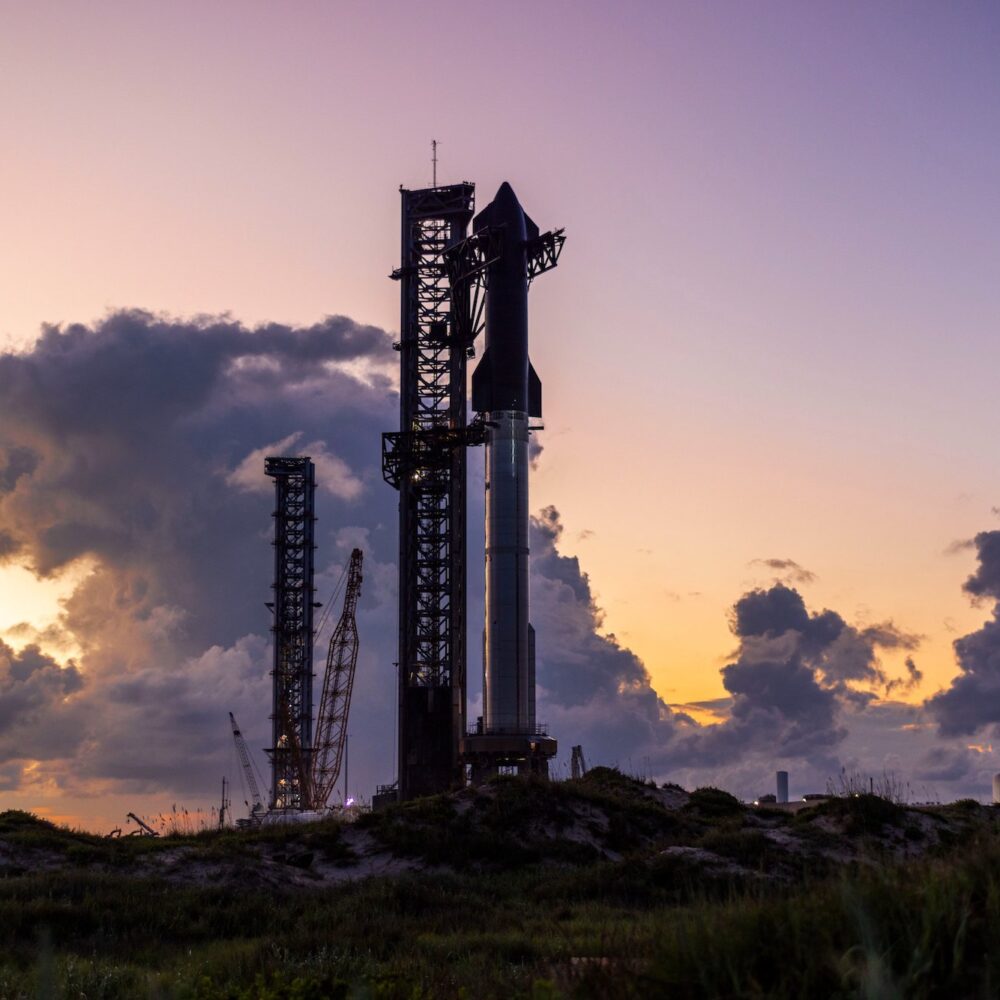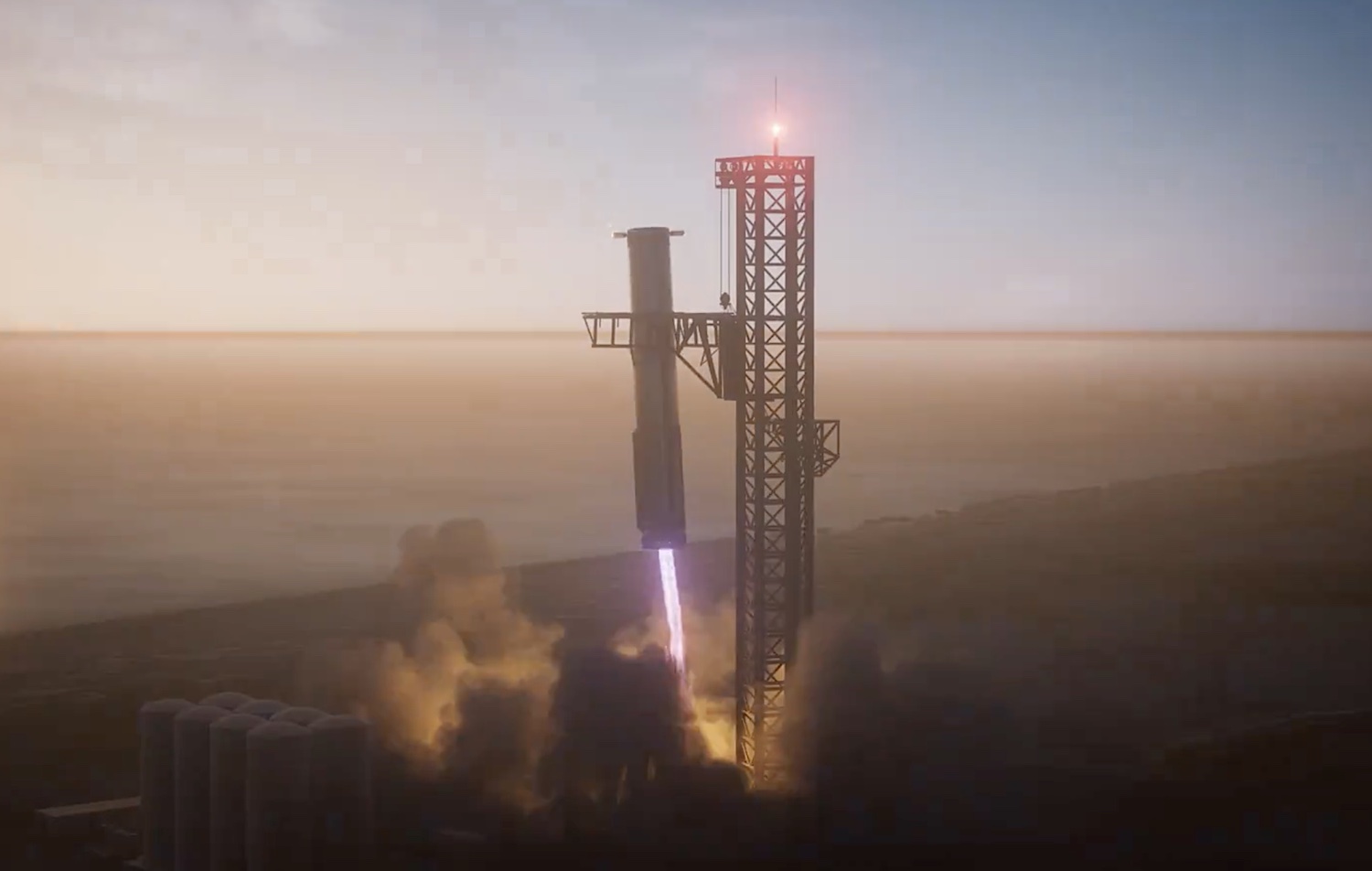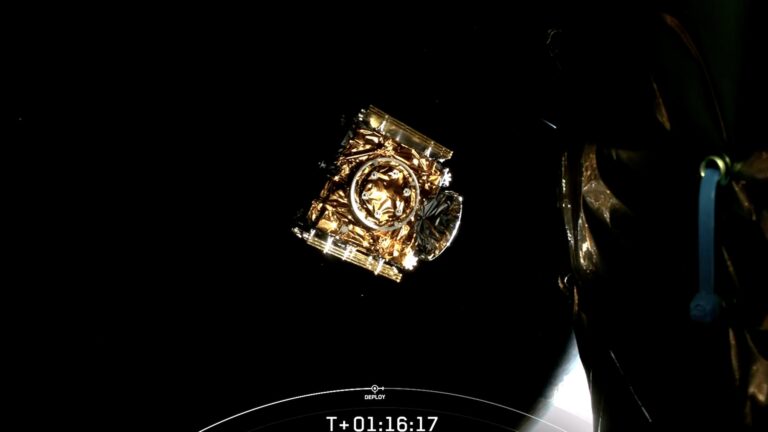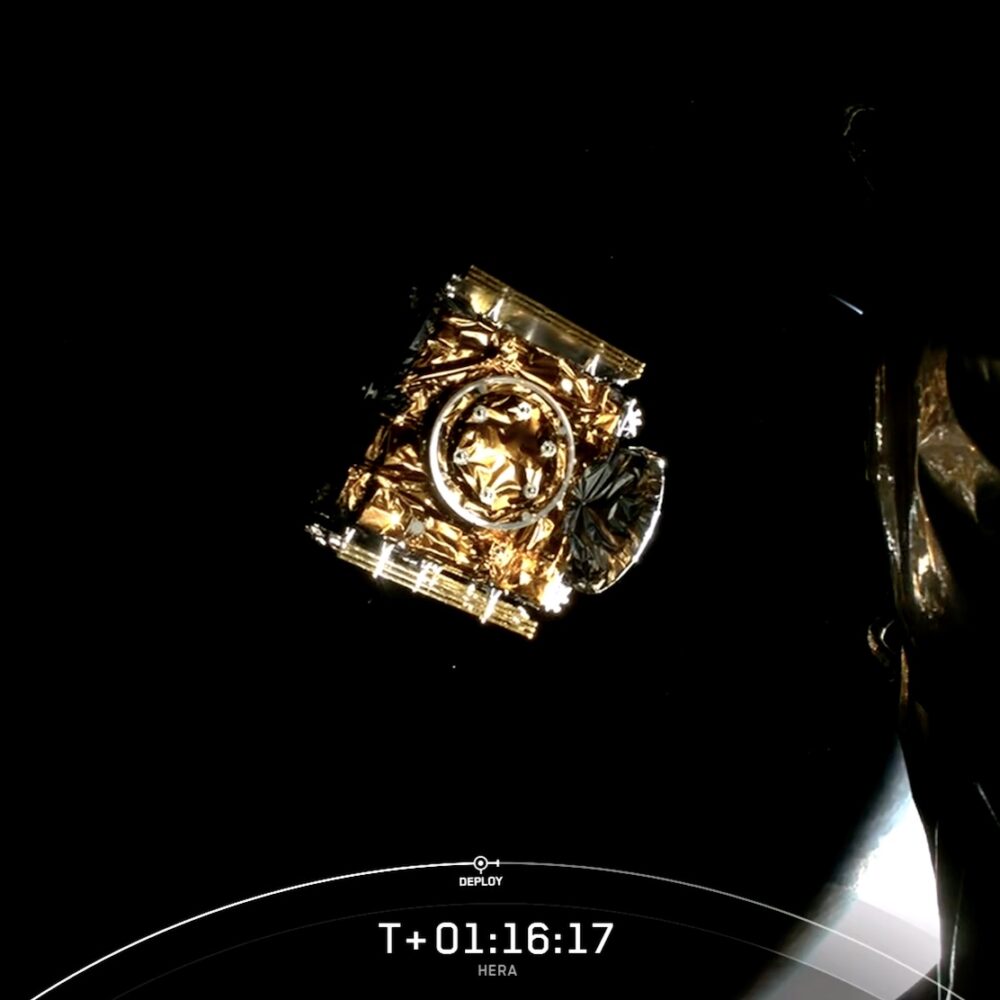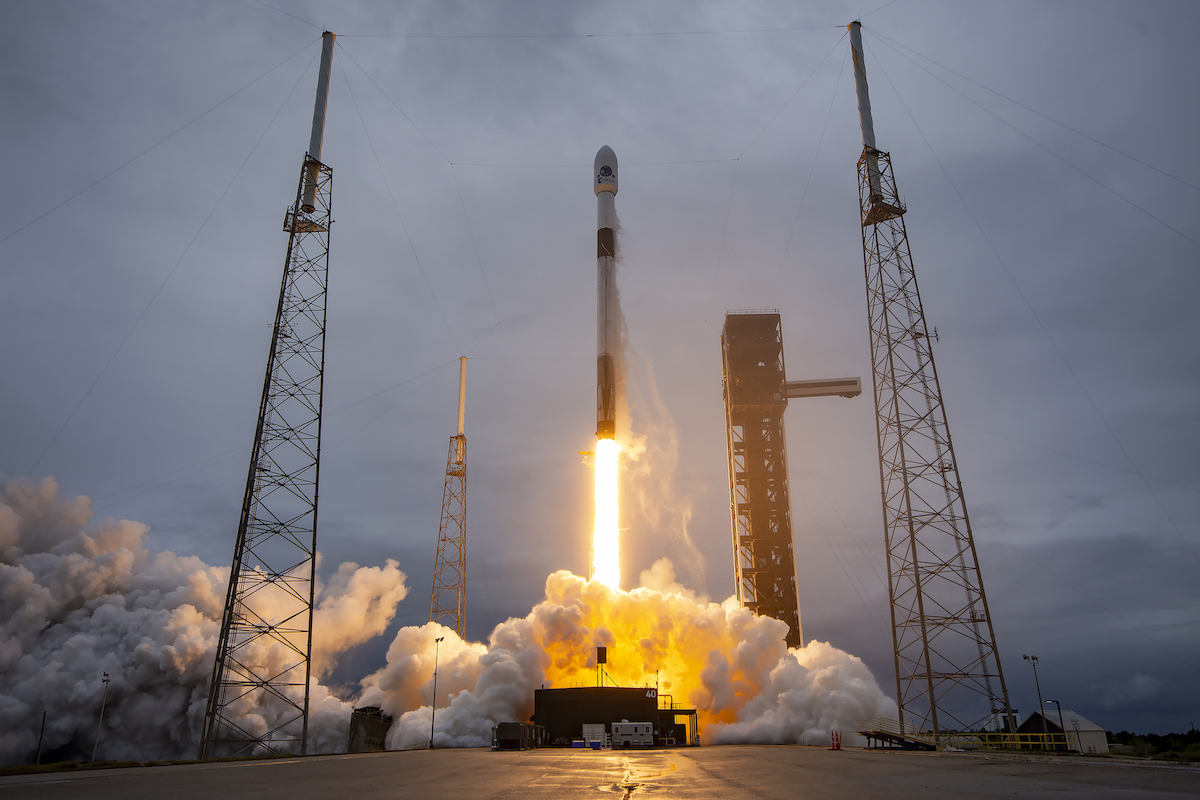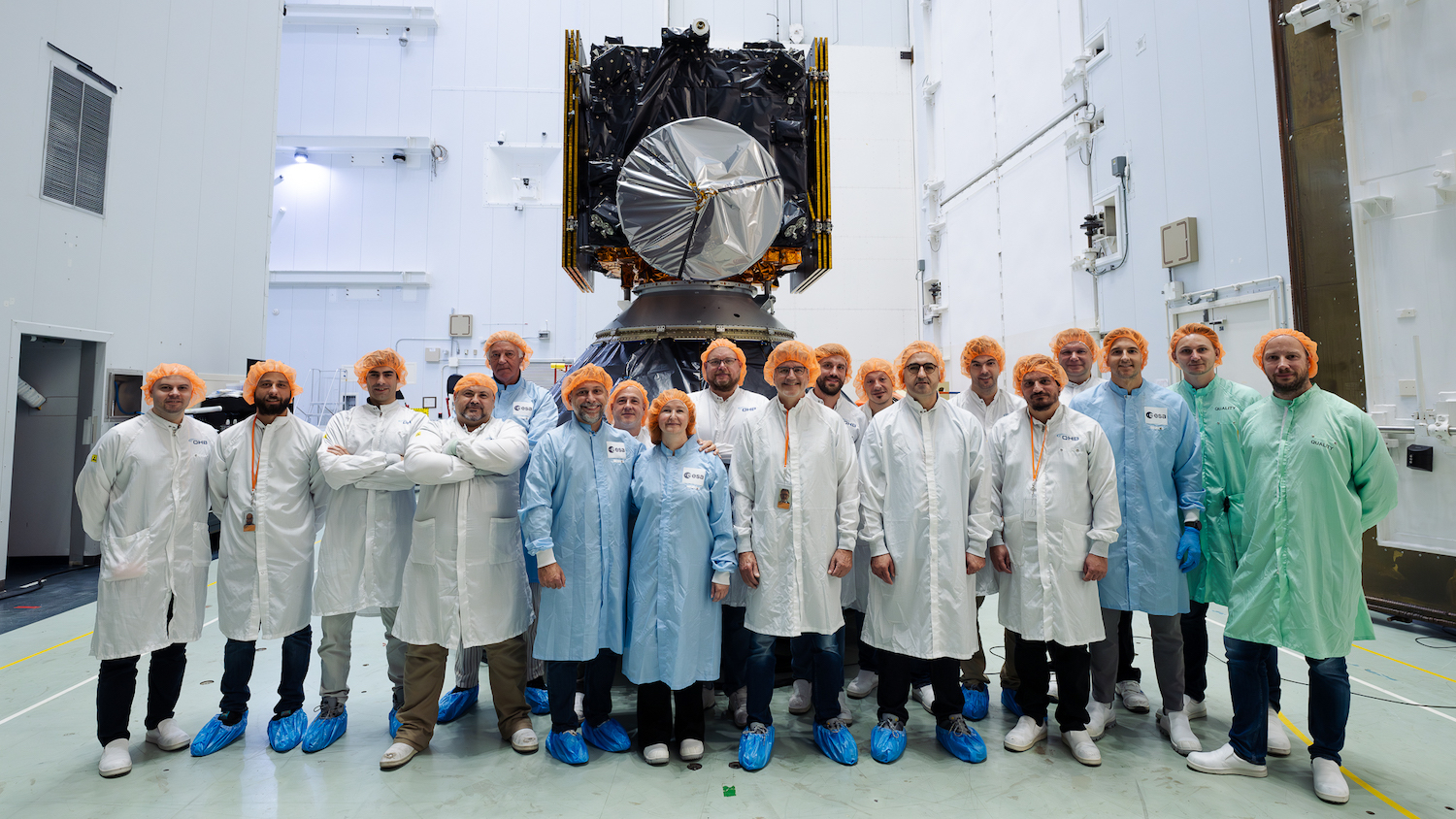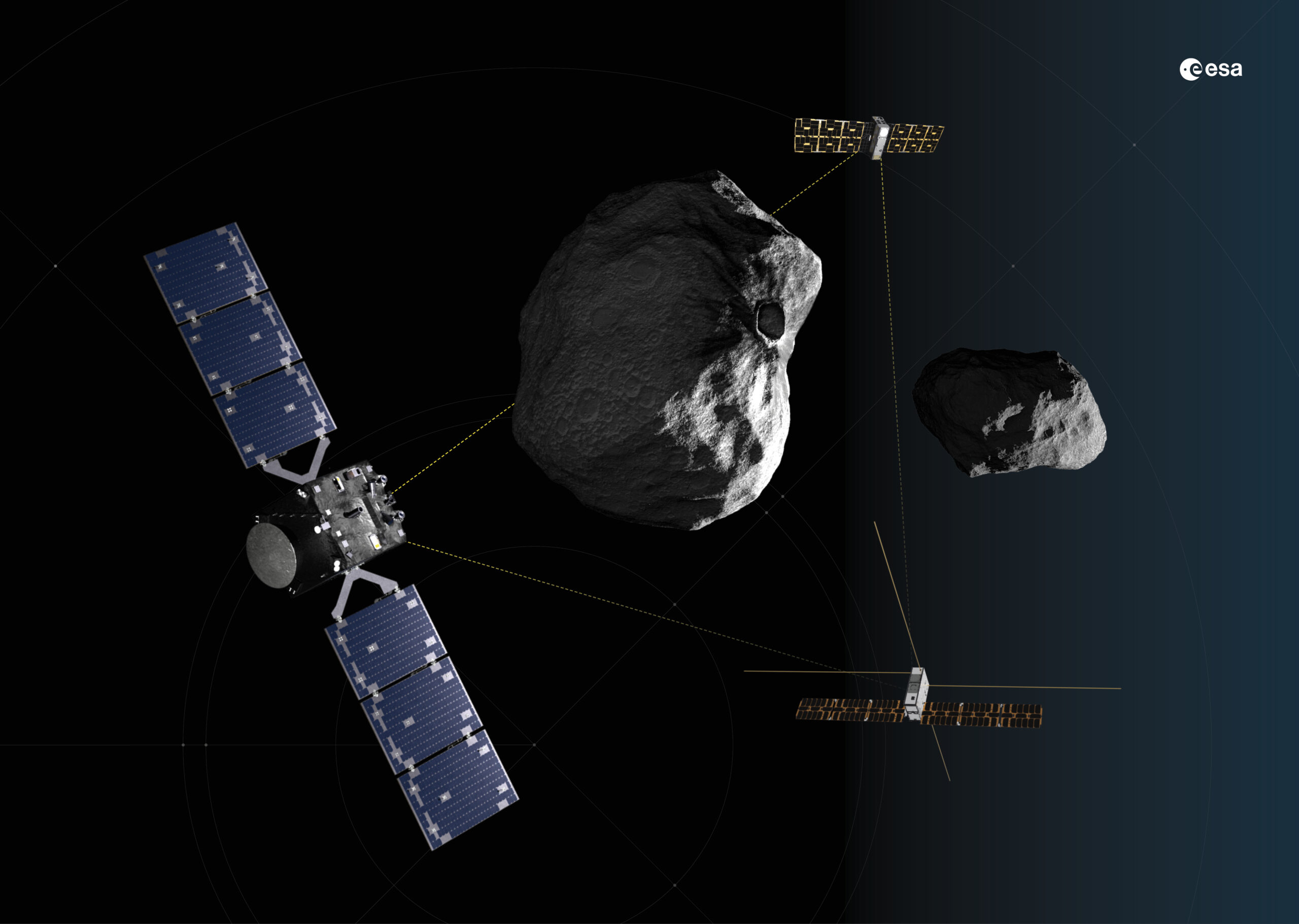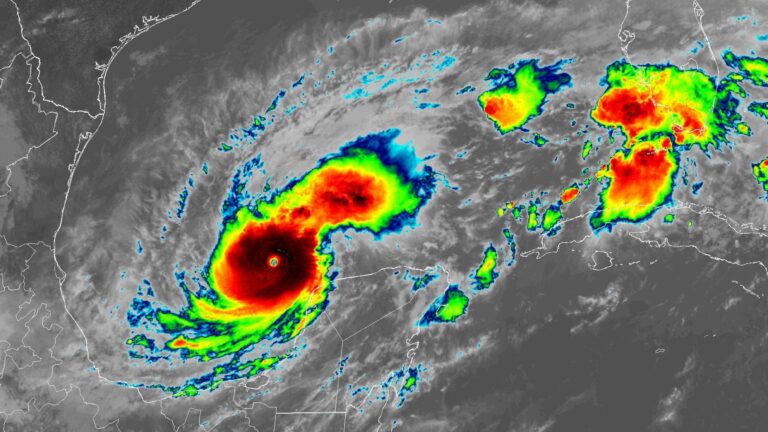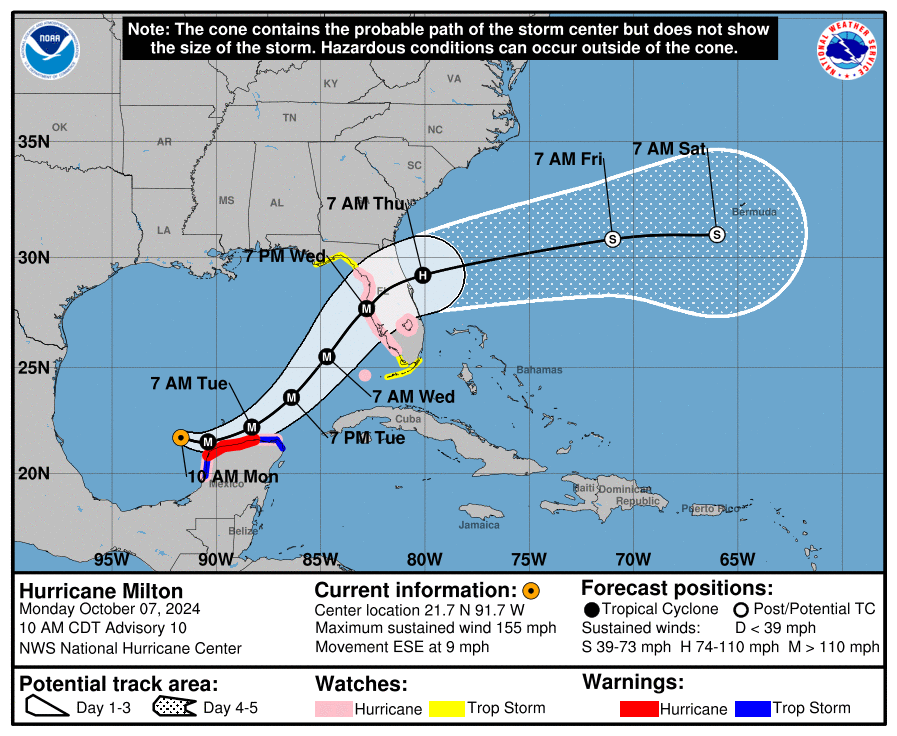Breakdancers at risk for “headspin hole,” doctors warn
Breakdancing has become a global phenomenon since it first emerged in the 1970s, even making its debut as an official event at this year’s Summer Olympics. But hardcore breakers are prone to injury (sprains, strains, tendonitis), including a bizarre condition known as “headspin hole” or “breakdance bulge”—a protruding lump on the scalp caused by repeatedly performing the power move known as a headspin. A new paper published in the British Medical Journal (BMJ) describes one such case that required surgery to redress.
According to the authors, there are very few published papers about the phenomenon; they cite two in particular. A 2009 German study of 106 breakdancers found that 60.4 percent of them experienced overuse injuries to the scalp because of headspins, with 31.1 percent of those cases reporting hair loss, 23.6 percent developing head bumps, and 36.8 percent experiencing scalp inflammation. A 2023 study of 142 breakdancers reported those who practiced headspins more than three times a week were much more likely to suffer hair loss.
So when a male breakdancer in his early 30s sought treatment for a pronounced bump on top of his head, Mikkal Bundgaard Skotting and Christian Baastrup Søndergaard of Copenhagen University Hospital in Denmark seized the opportunity to describe the clinical case study in detail, taking an MRI, surgically removing the growth, and analyzing the removed mass.
The man in question had been breakdancing for 19 years, incorporating various forms of headspins into his training regimen. He usually trained five days a week for 90 minutes at a time, with headspins applying pressure to the top of his head in two- to seven-minute intervals. In the last five years, he noticed a marked increase in the size of the bump on his head and increased tenderness. The MRI showed considerable thickening of the surrounding skin, tissue, and skull.
Breakdancers at risk for “headspin hole,” doctors warn Read More »




